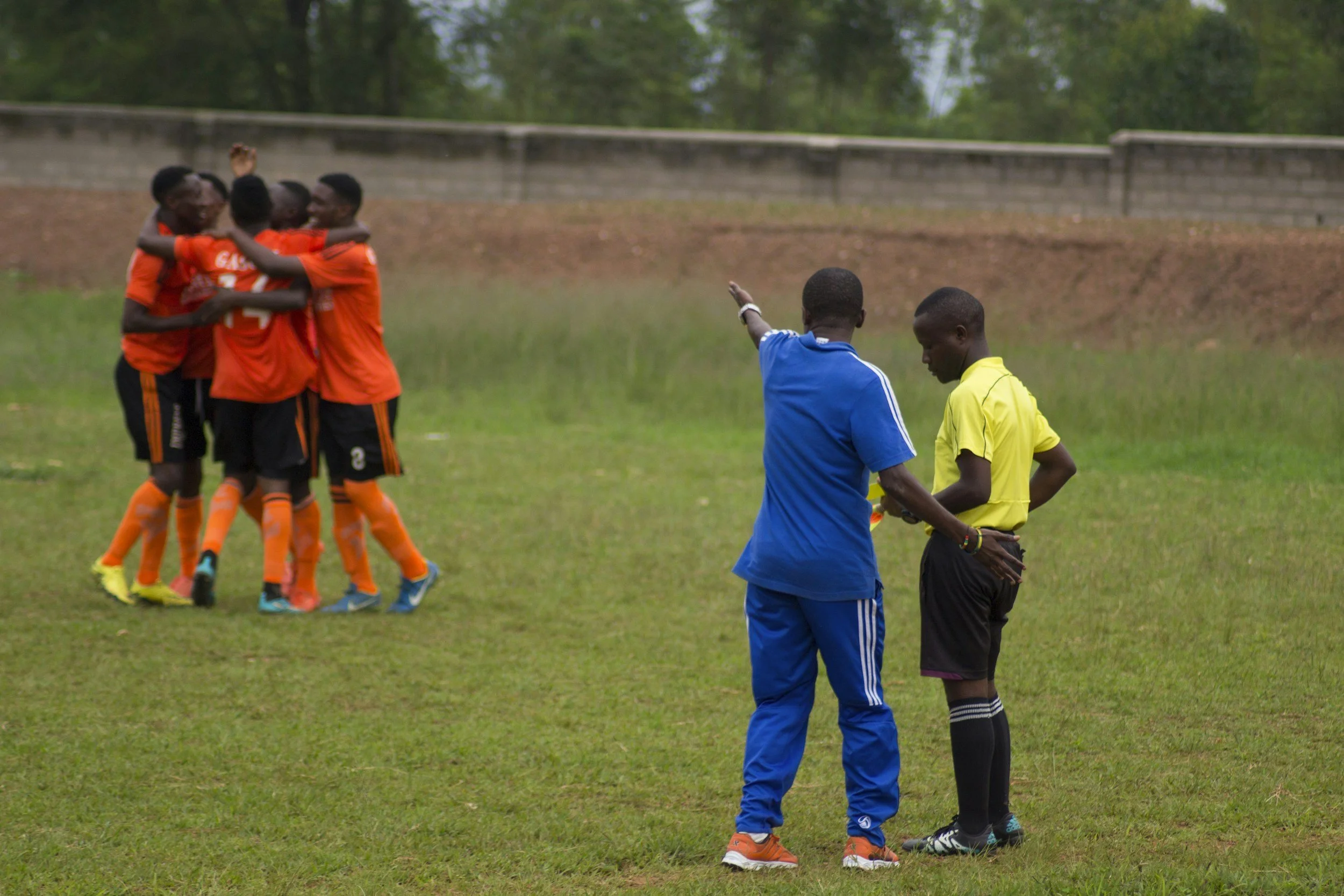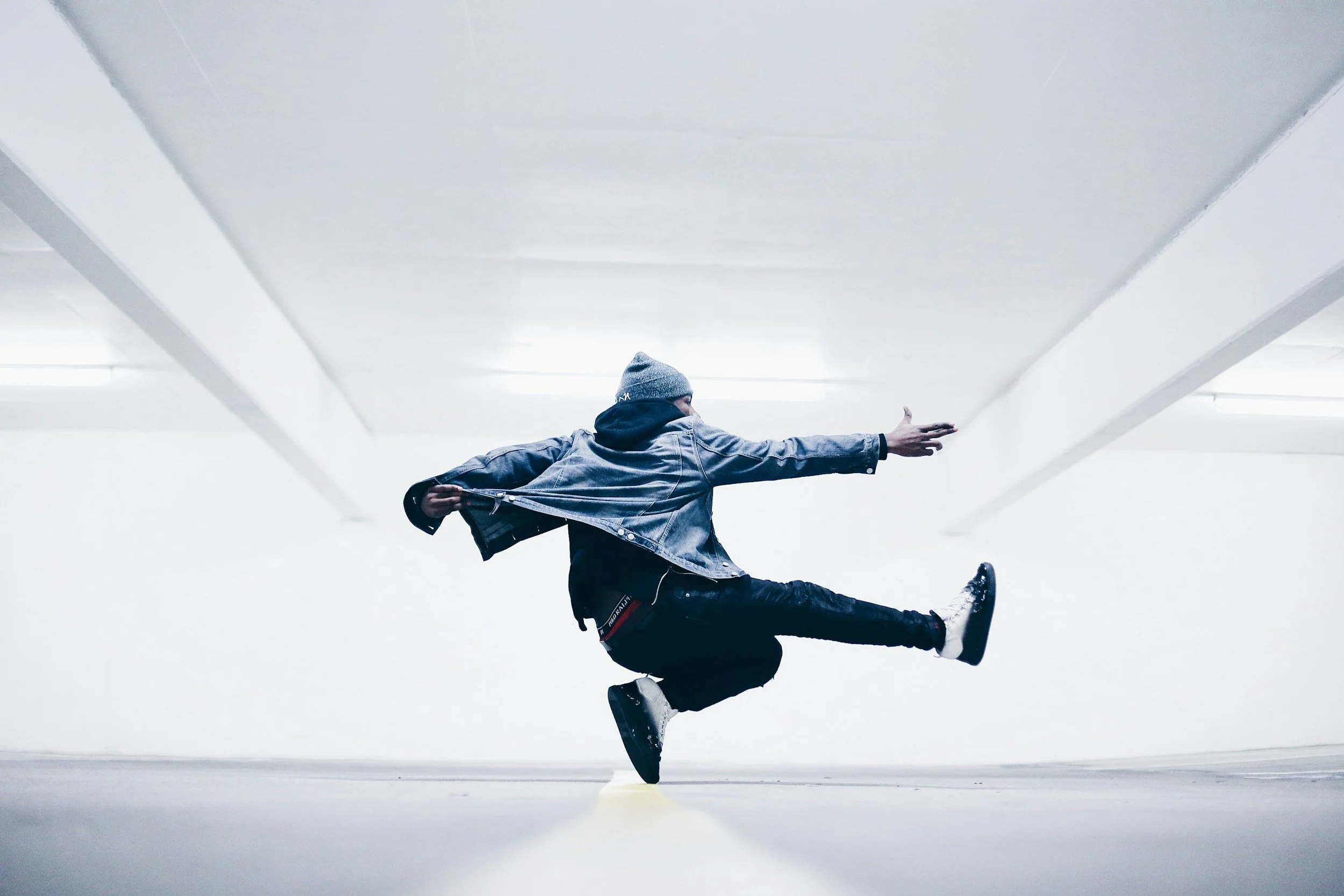
Emotions: Mind and/or Body
Have no fear, we are not going to talk about neuroscience today regarding emotions. Instead, we are going to investigate something about emotions. Do emotions begin in the mind or the body? Before you keep reading, take a guess about the answer. Most importantly, keep track of your train of thought about how you arrived at this answer.

Returning to the Sport You Love
Returning to the sport you love from a serious injury can be challenging, as there are many physical and psychological factors to consider. This post focuses on three psychological factors pulled from self-determination theory (SDT) that a sport and performance professional (SPP) and an athlete may want to address.

Ironman Triathlon Mental Toughness: Any Type of Athlete Can Learn About Mental Toughness from This Post
If MT is a must, then we need to understand what MT is and how someone can begin to build MT. The definition of MT that this post will utilize is the following:
“MT can be defined as a state-like psychological resource that is purposeful, flexible, and efficient in nature for the enactment and maintenance of goal-directed pursuits.”
(Gucciardi, 2017, p. 18)

Reinvestment Theory
Reinvestment Theory (Masters, 1992; Masters et al., 1993; Masters, 2000) suggests that relatively automated motor processes may be disruptable if this processing is running by means of conscious access and task-relevant declarative knowledge is what is controlling the mechanics of the movements on-line. Understanding Reinvestment Theory may help athletes avoid reinvestment issues within the context of still tailoring based on the individual characteristics as well as other characteristics, such as developmental stage, learning style, or awareness of internal and external awareness.

The Complexities of Athlete Learning Part 2
Part 2! Last time, we looked at errorless learning and external and internal focus of attention. Now we will build on last week and continue with the analogy of the ice skater. Today we will dive head first into analogy learning and implicit and explicit learning techniques.

The Complexities of Athlete Learning Part 1
Three key teaching concepts, errorless learning, external focus of attention, and analogy learning, may be used to support this skilled athlete in enhancing performance and improving preparation.

Implicit versus Explicit Training
What is implicit and explicit training in the world of sports? Implicit learning is learning that happens with little to no instruction from an outside source such as a coach and is more focused on the athlete’s experience. A few good examples of this is learning to ride a bike, using an analogy to teach a skill, or allowing an athlete to learn via sensory experience versus verbal feedback. In contrast, explicit learning is where an outside source such as a coach provides an athlete with verbal instruction.

Your Zone of Optimal Functioning
Wait, what? There is a zone of optimal functioning? According to the Inverted U Principle, yes there is! But let’s dig a little deeper so that you can decide for yourself whether you agree or not.

Application of Closed-Loop And Open-Loop Control Systems
Closed-loop and open-loop control systems, what? These systems are the systems that allow us to perform movements and not just in sports or dance. Each system serves a purpose and aids performers in taking effective action in their chosen sport. Let’s learn some more about them and the importance of understanding both systems.

Fitts’ Law in Motion
These stages help guide how Fitts' Law informs the role of motor learning and integration.

Growth Mindset
Dweck talks about the growth mindset and the fixed mindset. As the growth mindset speaks about fostering one’s ability to persist and build a skill set versus the fixed mindset that talks about the belief in innate ability.

Getting Your Attention
Attention and concentration in sports is a hot topic, and as with other hot topics in sports, there are different theories about attention. Attention is, basically, what we are seeing or observing. There is also value in understanding theory in order to understand how it can be applied in your life. So, while it may be a bit information dense, it will be worth taking the time. Below we will explore three different theories of attentional processes.